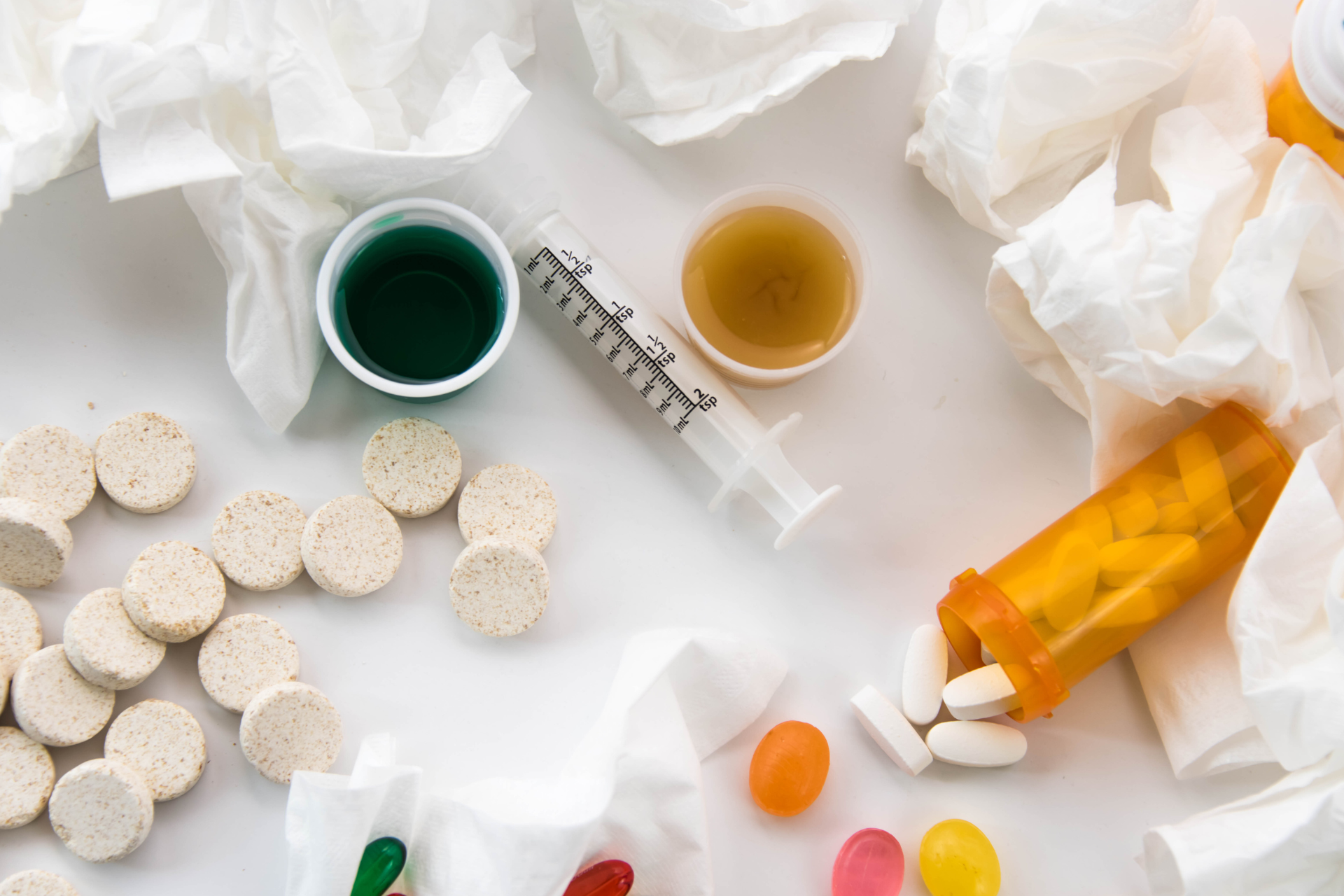The Best Over-the-Counter Remedies for Cold and Allergy Symptoms

As the seasons change, many of us find ourselves battling the sniffles, sneezing, and general discomfort that come with cold and allergy symptoms. Whether you're dealing with a pesky cold or struggling with seasonal allergies, finding relief can make all the difference in your day-to-day life. While visiting a healthcare provider may be necessary in some cases, there are a variety of over-the-counter remedies that can help alleviate your symptoms and get you back on your feet. In this blog post, Fall Creek Skin and Health Clinic is here to guide you through some of the best over-the-counter remedies for cold and allergy symptoms.
1. Decongestants
When you're dealing with a stuffy nose or sinus pressure, a decongestant can provide much-needed relief. These medications work by narrowing the blood vessels in the nasal passages, reducing swelling and congestion. Look for decongestant nasal sprays or oral tablets to help clear up your breathing and alleviate discomfort.
2. Antihistamines
For those suffering from allergies, antihistamines can be a game-changer. These medications work by blocking the action of histamine, a chemical released by the immune system in response to allergens. Antihistamines can help reduce symptoms like sneezing, itching, and runny nose, allowing you to breathe easier and feel more comfortable.
3. Nasal Sprays
Nasal sprays can be an effective way to relieve congestion and inflammation in the nasal passages. Saline sprays can help moisturize and clear out the nasal passages, while corticosteroid sprays can help reduce inflammation and allergy symptoms. These sprays can provide quick relief and are generally safe for long-term use.
4. Cough Suppressants
If you're dealing with a persistent cough, a cough suppressant can help calm your throat and reduce the urge to cough. Look for medications that contain ingredients like dextromethorphan or codeine to help soothe your throat and quiet your cough.
5. Pain Relievers
Cold and allergy symptoms can often come with aches and pains, such as headaches or sore throat. Over-the-counter pain relievers like acetaminophen or ibuprofen can help alleviate these discomforts and reduce fever, allowing you to rest and recover more comfortably.
6. Allergy Eye Drops
For those experiencing itchy, watery eyes as a result of allergies, allergy eye drops can provide relief. These drops can help soothe irritation, reduce redness, and alleviate discomfort in the eyes, allowing you to see clearly and feel more comfortable.
It's important to always read and follow the instructions on the packaging of any over-the-counter medication. If you have any questions or concerns about which remedies are right for you, don't hesitate to consult with a healthcare provider at Fall Creek Skin and Health Clinic. Our team of experts is dedicated to providing quality care for patients of all ages, helping you find the relief you need to feel your best.
By incorporating these over-the-counter remedies into your cold and allergy symptom management routine, you can take control of your health and well-being. Remember to stay hydrated, get plenty of rest, and take care of yourself during this time. With the right tools and resources, you can combat cold and allergy symptoms effectively and get back to enjoying life to the fullest.
At Fall Creek Skin and Health Clinic, we prioritize the health and wellness of our patients, offering comprehensive care for a wide range of skin-related and general practice problems at an affordable cost. Visit us today to learn more about our services and how we can help you achieve optimal health and vitality. Stay informed, stay healthy, and take proactive steps towards a happier, healthier you.



Need Our Services?
Book a free consultation

Our promise is to offer high-quality medical attention at a fair price in a clean, friendly, and professional environment.
QUICK LINKS
BUSINESS HOURS
- Mon - Thu
- -
- Friday
- -
- Saturday
- Appointment Only
- Sunday
- Closed
All Rights Reserved | Fall Creek Skin and Health Clinic |
